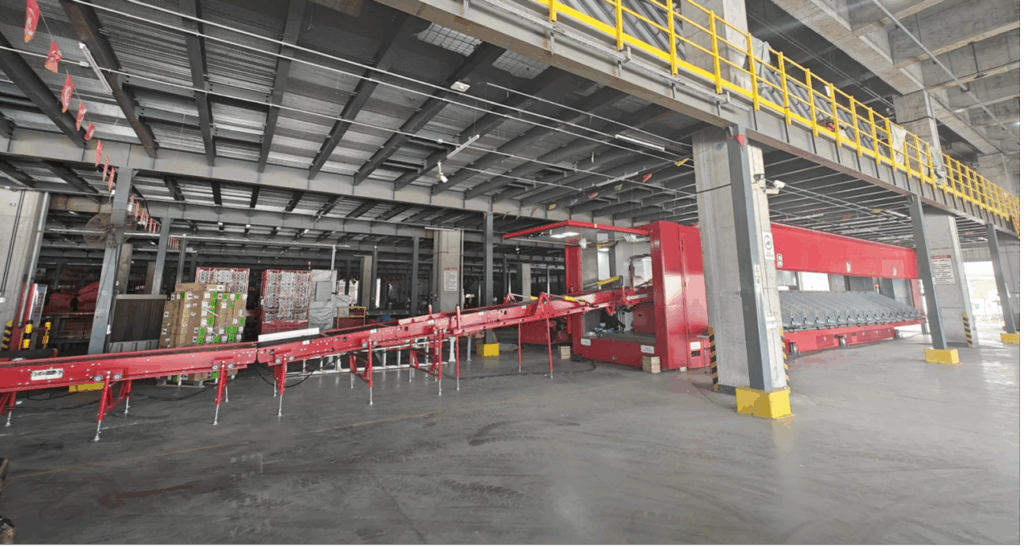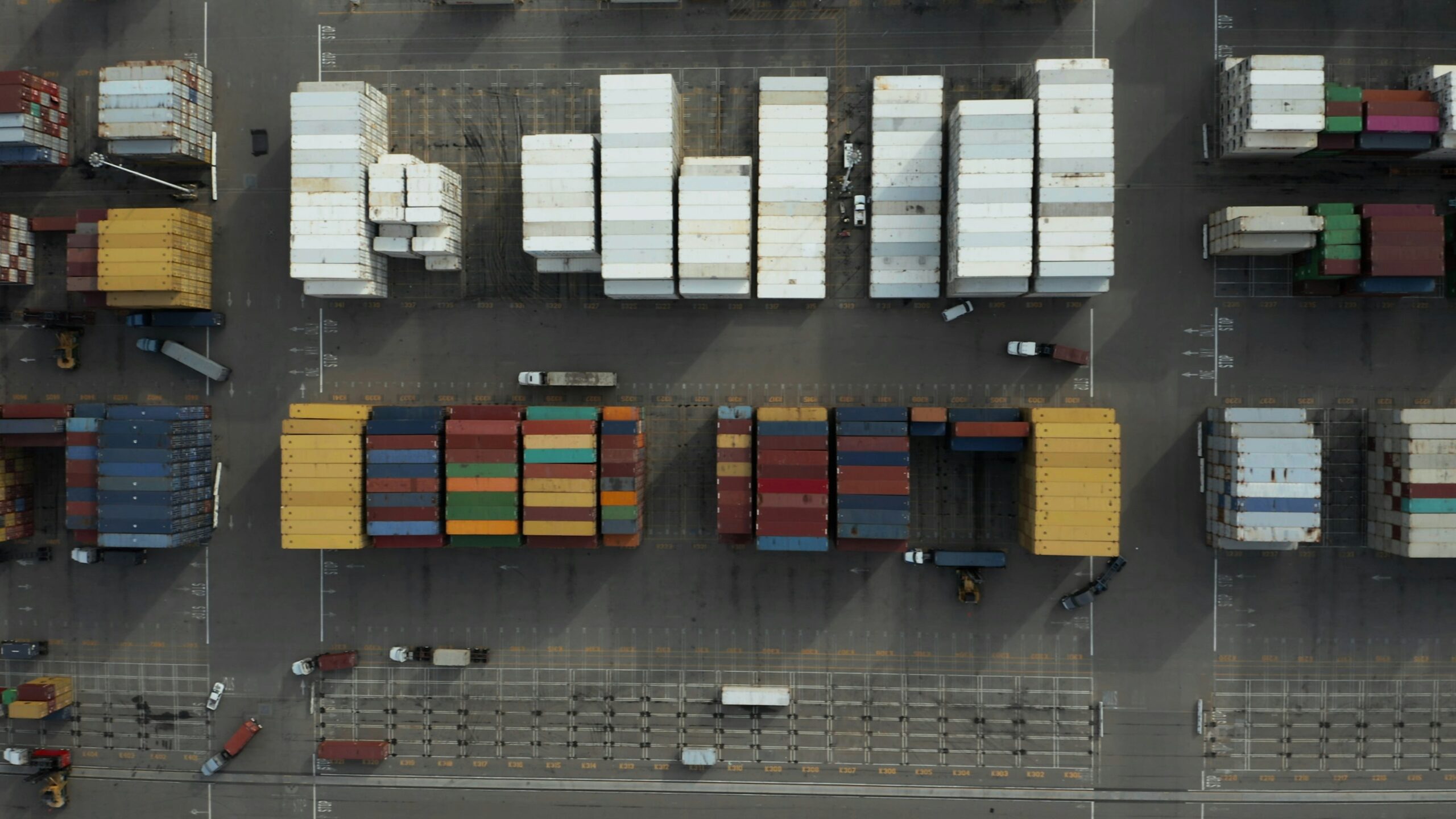The global logistics industry is facing a fundamental crisis born from the explosive growth of e-commerce. This has created an unsustainable conflict between two opposing forces: skyrocketing order volumes and fierce consumer demand for near-instant delivery. At the heart of this challenge lies the traditional logistics sorting hub, a model conceived for a bygone era of predictable, bulk shipments. This centralized paradigm, once a symbol of efficiency, has now become the primary bottleneck in the modern supply chain, creating delays, inflating costs, and failing to provide the agility required by the digital marketplace. The solution is not to build bigger hubs, but to reengineer the process entirely by shifting from centralized transit to distributed, front-loaded sorting—a transformation enabled by mobile sorting solutions.
Limitations of Traditional E-commerce & Courier Sorting Models
For decades, the hub-and-spoke logistics model was the standard for efficiency, designed to consolidate massive parcel volumes at a single regional center to achieve economies of scale. However, the high-velocity, direct-to-consumer nature of e-commerce hasn’t just strained this model; it has broken it.
The traditional process flow is a study in sequential, long-distance logistics that is inherently slow and rigid. It typically involves these steps:
- A parcel is packaged at an e-commerce warehouse.
- It is loaded onto a truck for trunk transportation—often traveling tens or even hundreds of kilometers—to a massive regional logistics sorting hub.
- At the hub, it is unloaded, scanned, sorted, and consolidated with other parcels.
- Finally, it is transferred again to a last-mile delivery outlet for its final journey to the customer.
This model is plagued by deep structural failures:
- Transportation Inefficiency: By forcing all parcels through a single regional chokepoint, the network design creates significant transportation waste. A package destined for a location 50 kilometers away might first travel 150 kilometers in the opposite direction to the hub, adding a full day or more to its journey and generating “non-revenue miles” that consume fuel and labor. This dependency on a single facility also creates a single point of failure, where a disruption from weather, traffic, or equipment failure can paralyze an entire region’s logistics.
- Infrastructure Rigidity: Centralized hubs are monumental investments, often costing between $50 million and $150 million and requiring years of planning and construction. This locks companies into a fixed infrastructure that cannot adapt to shifting e-commerce demand centers. Furthermore, their massive, “one-size-fits-all” automation systems are designed for standard boxes and often jam or fail when faced with the diverse mix of polybags, padded envelopes, and irregular items common in e-commerce, forcing a reversion to slower, error-prone manual sorting.
- Labor and Process Vulnerability: Despite automation, key hub functions remain labor-intensive, with labor accounting for up to 65% of warehouse fulfillment costs. This dependency on a volatile labor pool creates operational risk. Manual sorting is also inherently prone to errors like mis-sorts, which lead to failed deliveries, customer frustration, and costly reverse logistics. The market shift toward smaller, more frequent orders dramatically increases the number of individual sorting decisions required, placing immense strain on systems designed for bulk B2B shipments.
Mobile Sorting Unit: Solution for E-commerce & Courier Scenarios
The systemic breakdown of the centralized model requires a new paradigm: moving the sorting function closer to the points of origin and destination. The technological catalyst for this transformation is the Siwun Mobile Sorting Unit (MSU), a solution that makes distributed sorting operationally and economically viable.
Siwun Mobile Sorting Unit (MSU)
The Siwun Mobile Sorting Unit is a self-contained, fully automated logistics sorting hub in the footprint of a standard semi-trailer. It integrates advanced conveyor, scanning, and sorting mechanisms, decoupling sorting capacity from fixed real estate. This allows companies to deploy a high-throughput, automated solution precisely where and when it is needed, transforming sorting from a massive capital expenditure into a flexible, operational tool.
This mobile sorting capability enables powerful process reengineering in key scenarios:
- At the E-commerce Warehouse: An MSU can be docked directly at a fulfillment center. As parcels are packed, they feed directly into the unit, which automatically sorts them into containers designated for specific last-mile depots or postal codes. This process completely bypasses the regional sorting hub, eliminating an entire leg of the journey and slashing transit times by 24 to 48 hours.
- As a “Pop-Up” Hub: During peak season, a fleet of MSUs can be deployed in days to create a temporary distribution center, providing elastic capacity to handle overflow volume without investing in permanent infrastructure that sits idle most of the year. After the promotional peak ends, the MSU can be quickly withdrawn from the temporary site and transferred to other regions where demand is strong during a different season, ensuring high asset utilization year-round.
- At Urban Micro-Fulfillment Centers: In dense urban areas, an MSU can perform the final, granular sort for hyper-local delivery routes, enabling rapid and efficient fulfillment where building a large facility is impractical.
A Critical Application: Fortifying Cold Chain Logistics
The MSU’s value is powerfully demonstrated in high-stakes environments like cold chain logistics. Managing temperature-sensitive goods is a domain where delays can be catastrophic. The traditional hub model is profoundly risky, as each handoff at a central facility represents a potential break in the cold chain where products are exposed to ambient temperatures.
By deploying an MSU directly at a climate-controlled facility (e.g., a pharmaceutical plant or food distribution center), companies can create an unbroken cold chain. Goods move seamlessly from the refrigerated warehouse into the MSU for sorting and are then loaded directly onto refrigerated last-mile vehicles. This reengineered process completely eliminates the regional hub touchpoint, minimizing handling time, preventing spoilage, and ensuring product integrity and safety.
Conclusion
The Siwun Mobile Sorting Unit is more than just a piece of equipment; it is a tool for fundamental supply chain process reengineering. It enables the critical shift from a slow, rigid “centralized transit” model to a fast and agile “distributed front-loading” strategy. This allows companies to build a resilient, customer-centric, and profitable logistics network. The future of logistics will not be defined by the company with the largest logistics sorting hub, but by the one with the most intelligent, responsive, and agile network. Embracing flexible technologies like mobile sorting is, therefore, a strategic imperative for any company aiming to thrive in the era of instant commerce.








